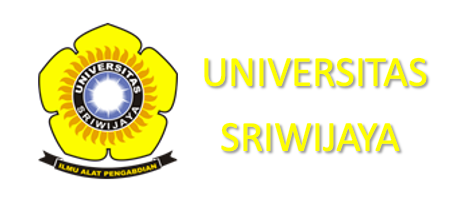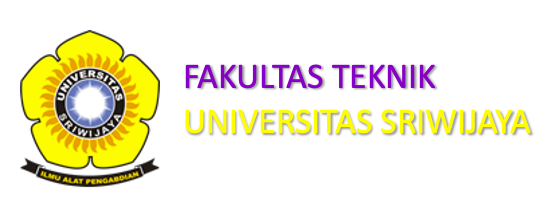KUALITAS HIDUP LANJUT USIA DI DESA SARIMULYA, KECAMATAN SUKARAJA, KABUPATEN SELUMA, PROVINSI BENGKULU
Abstract
ABSTRAK: Bonus demografi Indonesia diperkirakan akan mencapai puncak pada rentang 2020 sampai 2035. Pascamasa bonus demografi akan muncul tantangan baru, yaitu tingginya jumlah penduduk lanjut usia (lansia). BPS memprediksi pada puncak bonus demografi, populasi lansia di Indonesia diperkirakan 63,31 juta orang atau hampir 20% dari seluruh penduduk Indoneisa. Hal ini menunjukkan saat ini Indonesia sedang menuju pada negara yang berstruktur penduduk tua (ageing populations) karena jumlah penduduk usia tua melebihi 7% dari jumlah penduduk. Tingginya jumlah penduduk lansia akan berdampak pada semakin tingginya angka dependency ratio. Tingginya angka dependency ratio sebenarnya bisa diantisipasi dengan cara menjaga kulitas hidup penduduk lansia dan juga menjaga penduduk lansia agar tetap produktif. Jika kondisi ini bisa dicapai, penduduk lansia bisa tetap berkontribusi bagi pembangunan. Untuk menggambarkan kualitas hidup lanjut usia, penelitian ini dilakukan. Indikator objektif, subjektif, dan sosial dipakai untuk mengukur/menentukan kualitas hidup lanjut usia. Metode yang digunakan adalah deskriptif kuantitatif. Sampel penelitian sebanyak 30 orang lansia. Pengumpulan data dengan wawancara menggunakan kuesioner WHOQOL-BREF dan FGD. Hasil penelitian menunjukan bahwa kualitas hidup lansia berhubungan dengan faktor sosial-demografi, pelayanan sosial, peran posyandu lansia dan dukungan sosial. Faktor yang paling dominan berhubungan dengan kualitas hidup lansia adalah dukungan keluarga. Kualitas hidup lansia yang buruk berkaitan dengan kelompok usia >70 tahun, gender laki-laki, tingkat pendidikan rendah, status tidak menikah atau janda/duda, tidak bekerja, tingkat penghasilan perbulan rendah, dan adanya >2 penyakit kronis.
Kata kunci: lanjut usia, kualitas hidup, faktor sosiodemografis, pelayanan sosial, peran posyandu lansia, dukungan sosial
ABSTRACT: Indonesia's demographic bonus is expected to reach its peak in the range 2020 to 2035. After the demographic bonus will emerge new challenges, namely the high number of elderly population (elderly). BPS estimates that at the peak of the demographic bonus, the elderly population in Indonesia is estimated at 63.31 million people or nearly 20% of the total population of Indonesia. The elderly population is increased by 7% of the population.The dependency ratio of the population will increase. The high ratio can be anticipated with the quality of life of the elderly population and also saves the elderly population to remain productive. If this condition can be achieved, the elderly population can continue to contribute to development. To describe the quality of life of the elderly, this study was conducted. Objective, subjective and social indicators are used to measure / determine the quality of life of the elderly. The method used is quantitative descriptive. The research sample of 30 elderly people. Data collection by interview using the WHOQOL-BREF questionnaire and FGD. The results showed that the quality of life of the elderly is related to socio-demographic factors, social services, the role of the posyandu for the elderly and social support. The most dominant factor related to the quality of life of the elderly is family support. Poor quality of life of the elderly is related to the age group> 70 years, male gender, low education level, unmarried or widowed / widower status, unemployed, low monthly income level, and the presence of> 2 chronic diseases.
Keywords: elderly, quality of life, sociodemographic factors, social services, the role of posyandu elderly, social support





